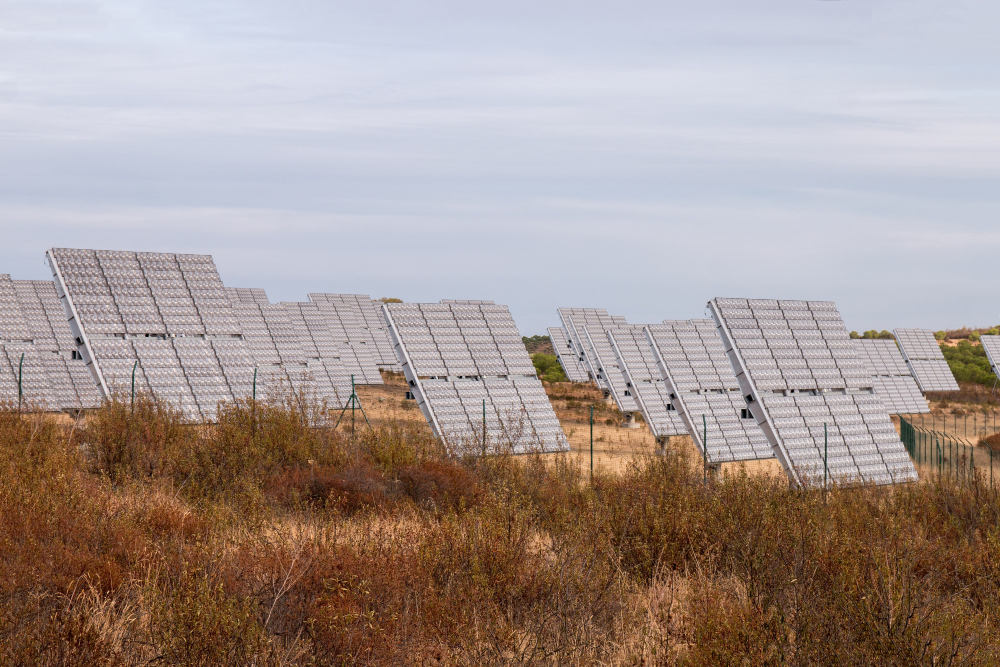Recycling used solar panels is a great way to preserve the environment and prevent toxic chemicals from leaching into the soil. However, if you’re not sure how to recycle your old solar panels or are looking for tips on how to make sure they’re recycled correctly, this article can help walk you through the process.

Post Contents
Find a Certified Recycler
To ensure that your solar panels are recycled in an environmentally friendly manner, you’ll want to find a certified recycler in California. A certified recycler will have a certificate of recycling from the manufacturer and/or government agency that verifies its ability to recycle properly. You can also ask if the company is local, so you can visit their facility and see what happens there firsthand.
If possible, look for companies that will pay you for your old solar panels as well–this can help offset some of your costs while also ensuring they get reused instead of ending up in landfills or being shipped overseas (where they may not be properly disposed of).
Determine if Your Solar Panels Are Hazardous
To determine if your solar panels are hazardous, you will need to contact a certified recycler. A certified recycler can test your solar panels and let you know if they contain materials like cadmium and lead. If your solar panels are free of hazardous materials, then they can be recycled through an e-waste facility or taken directly to a hazardous waste collection event in California (see below).
If your solar panels do contain hazardous materials, then contacting a certified recycler is necessary before recycling them yourself or disposing them through an e-waste facility or hazardous waste collection event in California.
Identify the Type of Solar Panels You Have
If you’re wondering how to recycle your old solar panels, the first step is to identify the type of solar panels that you have. Most residential and commercial installations use one of three main types: monocrystalline, polycrystalline and amorphous (also called thin film).
Monocrystalline panels are more efficient than polycrystalline but also more expensive. Polycrystalline panels are cheaper than monocrystalline but less efficient at converting sunlight into electricity–around 20% less efficient than their cousins on average across all wavelengths of light. Amorphous (thin-film) can be even less efficient than either one–generally speaking it’s around 15% lower than both types of crystalline silicon when manufacturing costs are factored in as well!
Determine If It is Safe for You to Handle The Solar Panels Yourself
Before you begin to recycle your solar panels, it is important to check if it is safe for you to handle the solar panels yourself.
- Check for sharp edges: Look closely at all sides of each panel and look for any sharp edges or broken glass that could injure you if touched. If there are any sharp edges or broken glass, consider hiring an expert professional who has experience handling hazardous materials such as these.
- Check for any hazardous materials: Check each individual panel carefully before moving them from their original location so that no toxic substances are accidentally spilled on yourself or others nearby during the transportation process. This will ensure that no harm comes from transporting these materials around town!
- Check for any chemicals that may require special handling: You should always wear protective gear when handling potentially dangerous chemicals because they can cause serious health effects if inhaled or ingested by humans (or animals). Some common examples include sulfuric acid (H2SO4) and hydrochloric acid (HCl), both of which have very low boiling points — much lower than water! If possible try not to go anywhere near these kinds of chemicals at all; but if not then make sure someone knows where they are located at all times so nobody gets hurt by accidently bumping into them while walking around town!
Get a Certificate of Recycling from Your Recycler
Once you have the certificate of recycling, it’s time to cash in. Many states and federal tax incentives require a certificate of recycling as proof that your solar panels were recycled properly. The good news is that this certificate can be used for more than just tax incentives. You can also use it to apply for other financial incentives, such as rebates or grants from local governments or utility companies.
It’s Not Difficult to Recycle Solar Panels in California
Recycling your old solar panels is not difficult to do, and many manufacturers provide free recycling services. Some offer a discount on new panels if you recycle your old ones. In fact, many states have regulations regarding the proper disposal of solar panels so it’s important that you contact your local waste management agency for details on how best to dispose of them locally.
In California, there are several certified recycling facilities where you can take your solar panel if it needs replacing or just needs some repairs done before being put back into use again.
Conclusion
If you have solar panels that are ready to be recycled, it’s a good idea to find a certified recycler in your area. You can do this by contacting your local government or searching online for “solar panel recycling” in California. Once you’ve found one, all you need to do is call them up and let them know how many panels they’ll be receiving from you (and any other details). After they confirm receipt of the equipment, they will issue a certificate of recycling which proves that they took care of all aspects involved in turning your old panels into new ones!